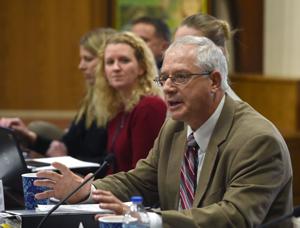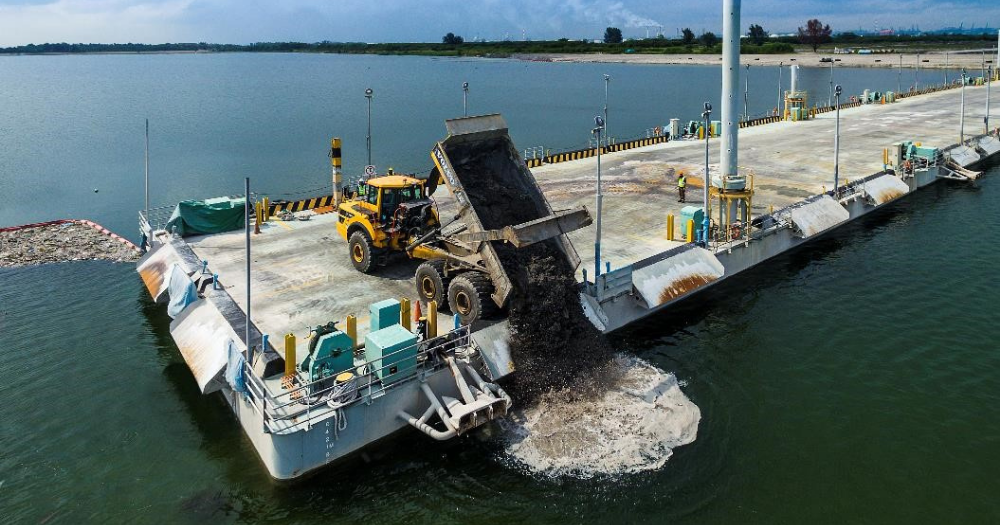
PETROL stations across the UK are crawling with bacteria, including traces of poo, a shocking investigation has revealed. Tests on fuel pumps, pay machines, and door handles in London, Nottingham , and Manchester found a shocking amount of bacteria lurking on every surface. The swabs, analysed by industrial hygiene consultancy Sysco, found seven types of dangerous bacteria, including faecal matter.
The study commissioned by National Scrap Car, paints a "grotty picture" of the bacterial contamination at forecourts nationwide. The tests revealed the presence of faecal streptococci and enterococci, a bacteria commonly found in human and animal intestines at all four petrol stations sampled. These bacteria are a clear indicator of faecal contamination.

dirty,petrol,station,find One petrol station in Nottingham had "significantly high" levels of Pseudomonas aeruginosa, a bacteria often found in cockroach droppings. This bug can cause skin infections, respiratory issues, and serious problems for people with weakened immune systems. The Nottingham site recorded a staggering 1,720 CFU (Colony-forming units) of this bacteria, far higher than the levels typically found on a clean toilet seat, which usually sit below 100 CFU/m2.
Tomas Gabor, director at Sysco, said: "A count of 1,720 CFU is significantly higher than typical levels expected." Most read in Motors Traces of E. coli, Clostridium perfringens, and Faecal streptococci, indicating the presence of fecal matter, were detected on Manchester’s petrol pumps.
However, all counts were below 20 CFUs. Petrol pump handles are touched by hundreds of people daily but are rarely disinfected. Experts recommend using hand sanitiser or washing hands after refuelling to minimise the risk of exposure to harmful bacteria.
Escherichia coli (E. coli) - Found in food, water, and intestines of humans and animals. Most strains are harmless, but some cause diarrhea, UTIs, pneumonia, and sepsis, especially in vulnerable individuals.
Clostridium perfringens (C. perfringens) -Common in soil, decaying vegetation, and intestines. Causes food poisoning, with spores surviving cooking, leading to diarrhea and cramps if food is improperly stored.
Pseudomonas aeruginosa – Found in water, soil, and cockroach droppings. Dangerous for immunocompromised individuals, causing respiratory, urinary tract, and wound infections, especially in hospitals. Salmonella - Lives in the intestines of farm animals, contaminating meat, eggs, dairy, and produce.
Causes severe food poisoning, with vomiting, diarrhea, and fever, particularly dangerous for infants and the elderly. Faecal streptococci & enterococci - Found in human and animal intestines, indicating fecal contamination. Can cause infections in the bloodstream, urinary tract, and wounds, posing risks in healthcare settings.
Staphylococcus aureus (S. aureus) - Present on skin, in nasal passages, and homes. Causes minor infections like acne but can lead to deadly pneumonia, sepsis, and heart infections, particularly in hospitals.
Bacillus Cereus - Found in soil, rice, grains, and dairy. Produces toxins in improperly stored food, leading to nausea, vomiting, and diarrhea, especially in young children and the elderly..















